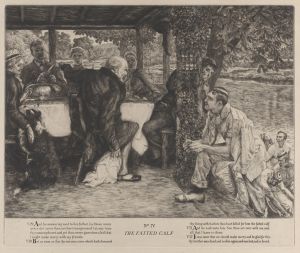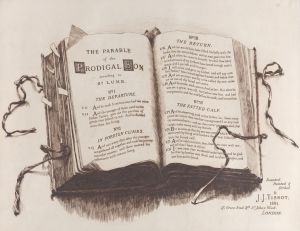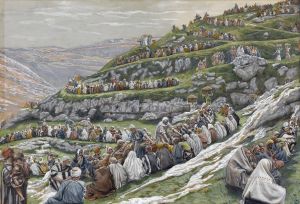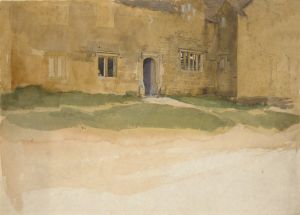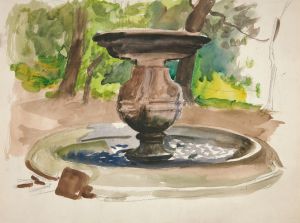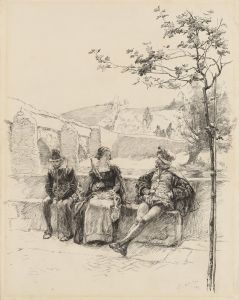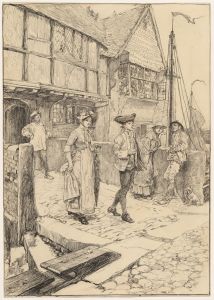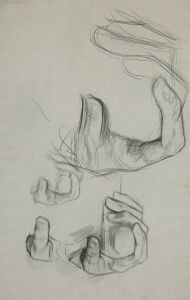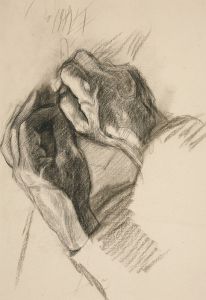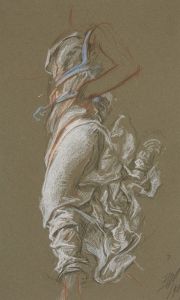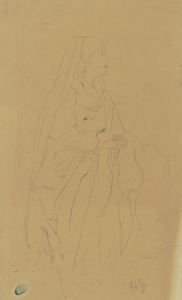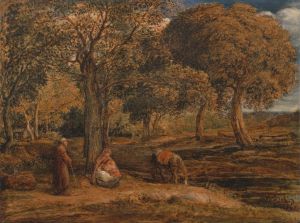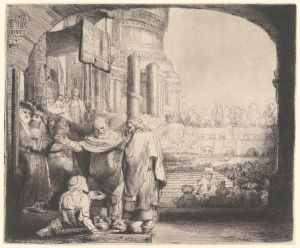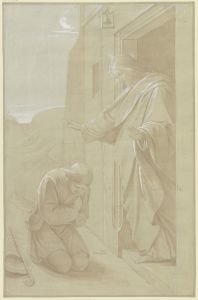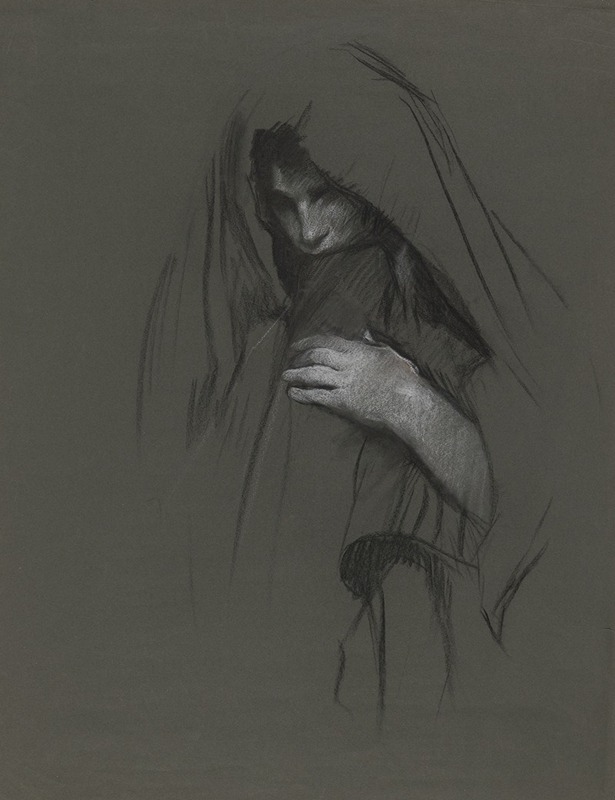
Mary, the Wife of Cleophas, study for The Three Marys
A hand-painted replica of Edwin Austin Abbey’s masterpiece Mary, the Wife of Cleophas, study for The Three Marys, meticulously crafted by professional artists to capture the true essence of the original. Each piece is created with museum-quality canvas and rare mineral pigments, carefully painted by experienced artists with delicate brushstrokes and rich, layered colors to perfectly recreate the texture of the original artwork. Unlike machine-printed reproductions, this hand-painted version brings the painting to life, infused with the artist’s emotions and skill in every stroke. Whether for personal collection or home decoration, it instantly elevates the artistic atmosphere of any space.
Edwin Austin Abbey's painting "The Three Marys" is a notable work that depicts a biblical scene involving three women named Mary, who are significant figures in Christian tradition. Among these women is Mary, the wife of Cleophas, who is often identified in religious texts and art as one of the women present at the crucifixion and resurrection of Jesus Christ.
Mary, the wife of Cleophas, is mentioned in the New Testament, specifically in the Gospel of John (John 19:25), where she is listed as one of the women standing by the cross of Jesus. She is often identified with other Marys mentioned in the Gospels, including Mary Magdalene and Mary, the mother of James and Joses. This identification, however, can vary among different Christian traditions and interpretations.
Edwin Austin Abbey, an American artist known for his murals and illustrations, created "The Three Marys" in the late 19th century. Abbey was renowned for his ability to capture historical and literary themes with great detail and emotion. His work often reflected his deep interest in history and literature, and he was a prominent figure in the American art scene during his lifetime.
"The Three Marys" is a reflection of Abbey's skill in depicting religious and historical subjects with a sense of drama and realism. The painting captures the moment after the crucifixion of Jesus, focusing on the grief and solemnity of the three Marys as they mourn. Abbey's use of color, light, and composition in the painting serves to highlight the emotional intensity of the scene, drawing the viewer into the narrative.
Mary, the wife of Cleophas, is portrayed with a sense of dignity and sorrow, embodying the collective grief of the women who were close to Jesus. Abbey's attention to detail in the clothing and expressions of the figures adds depth to the portrayal, making it a powerful representation of this biblical event.
The painting is part of Abbey's broader body of work that often explored themes from the Bible, Shakespearean plays, and other historical and literary sources. Abbey's ability to convey complex emotions and narratives through his art has made his work enduringly popular and respected in the art world.
While specific details about Mary, the wife of Cleophas, are limited in historical texts, Abbey's interpretation in "The Three Marys" provides a visual representation that has contributed to the understanding and appreciation of her role in the biblical narrative. The painting remains an important piece in the study of religious art, illustrating the enduring impact of biblical stories on artists and their audiences throughout history.





